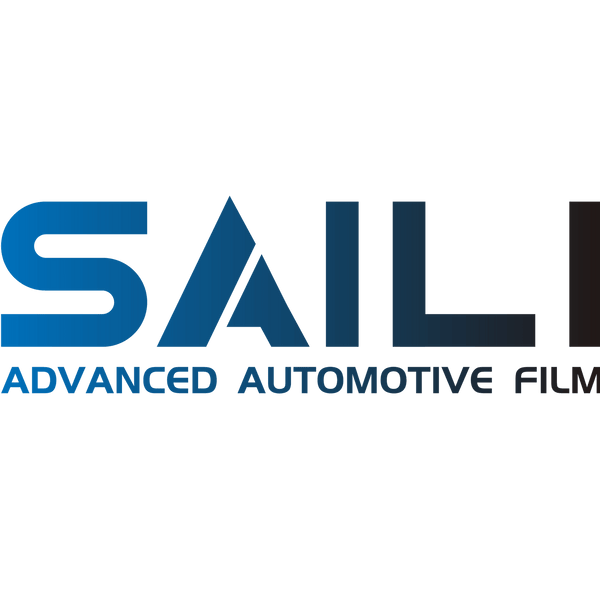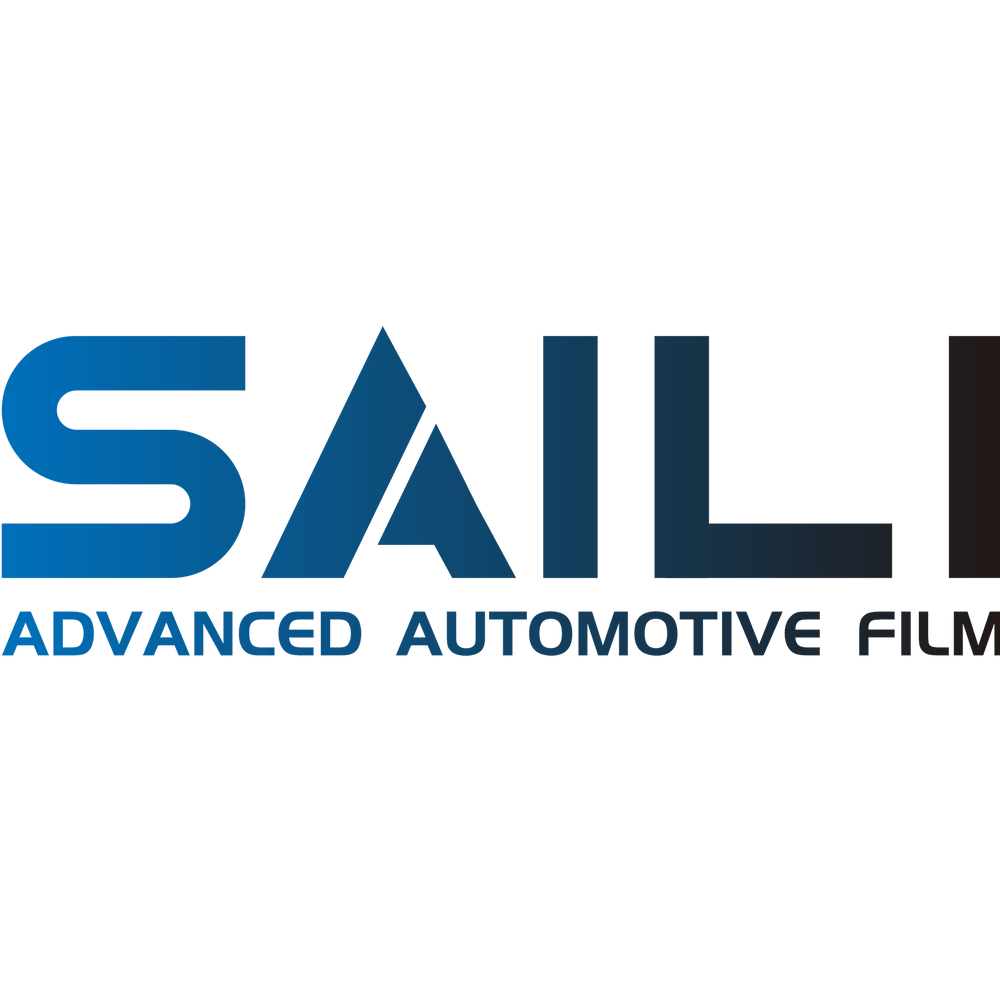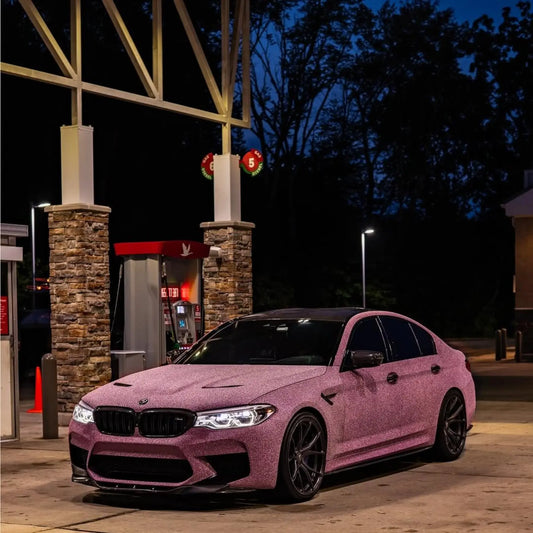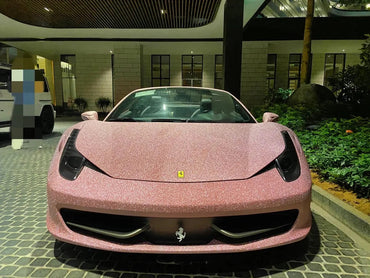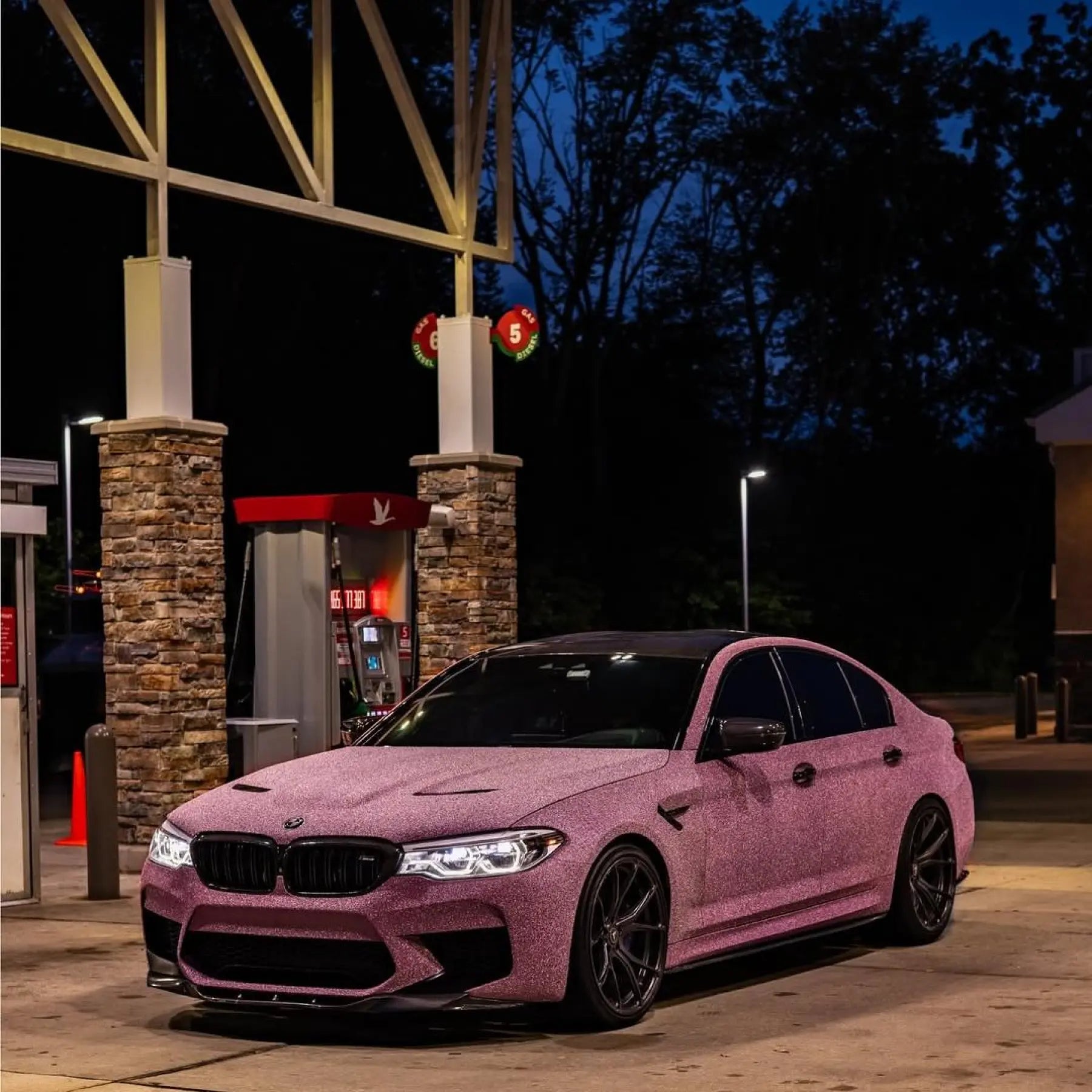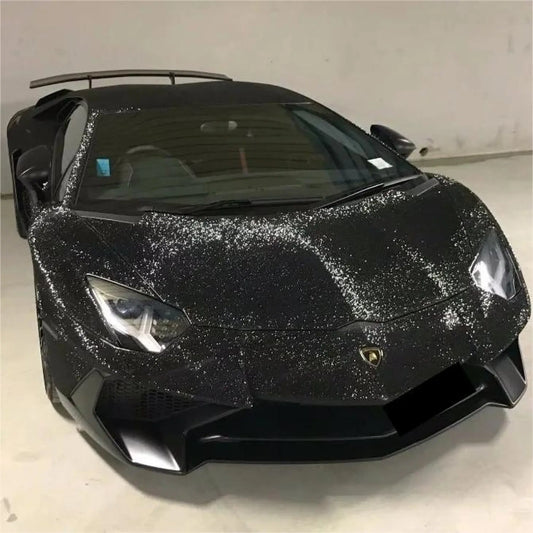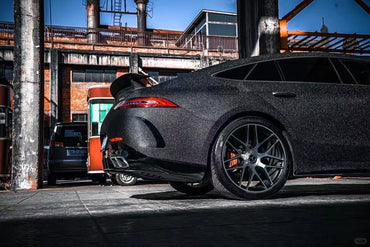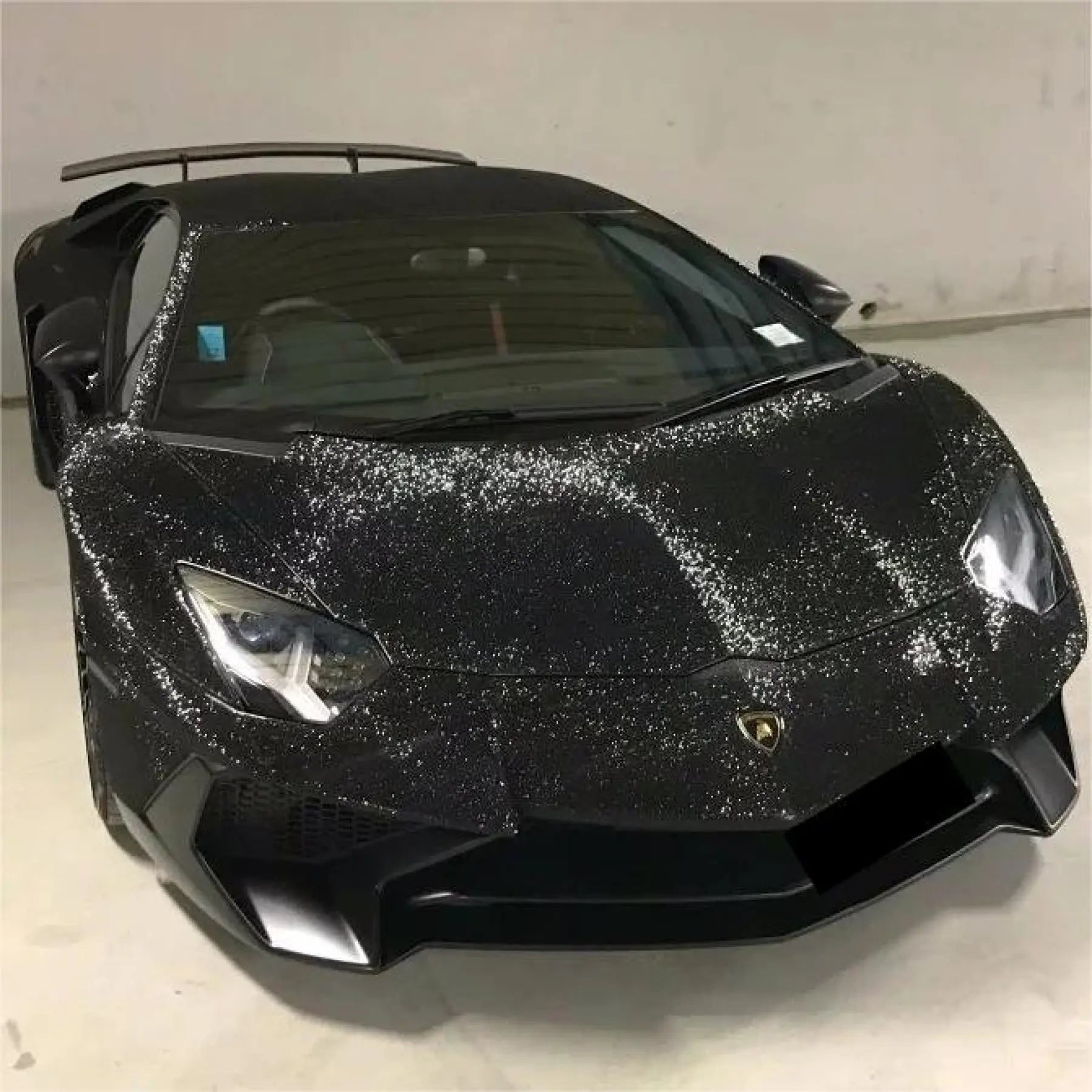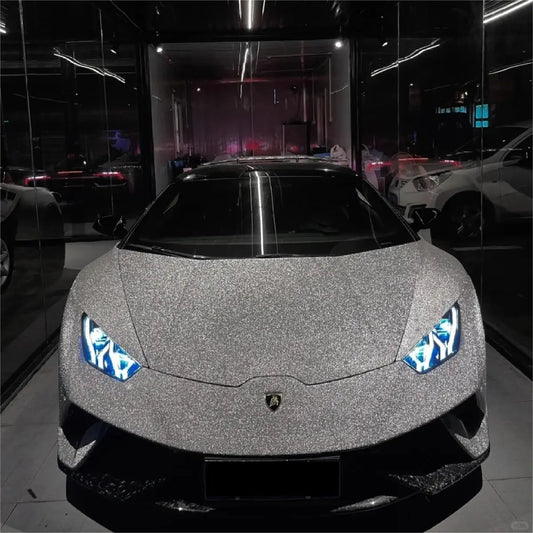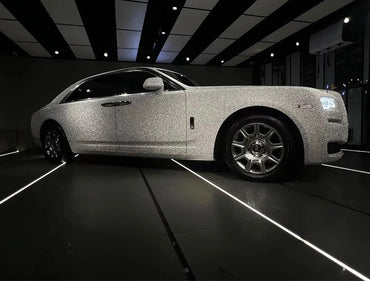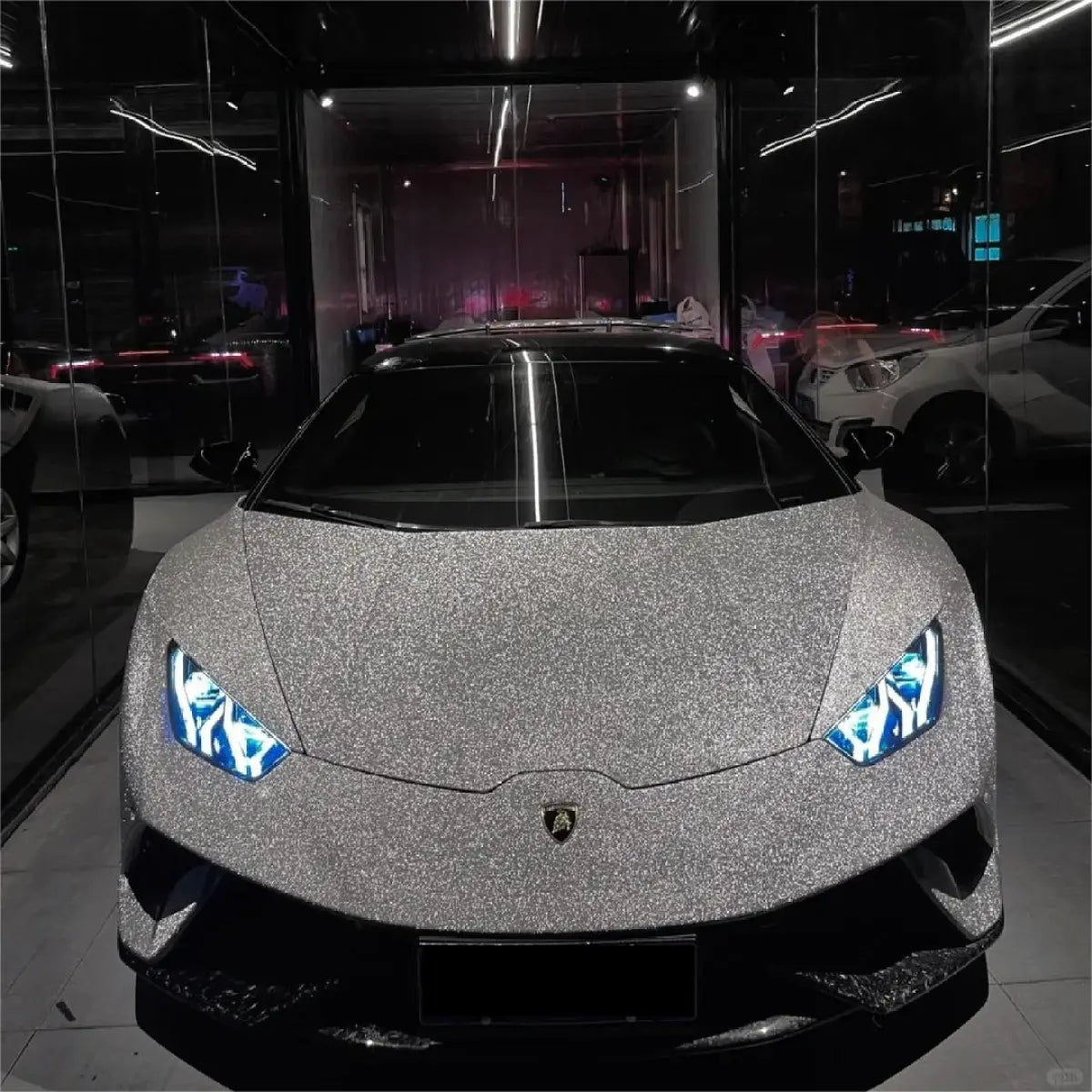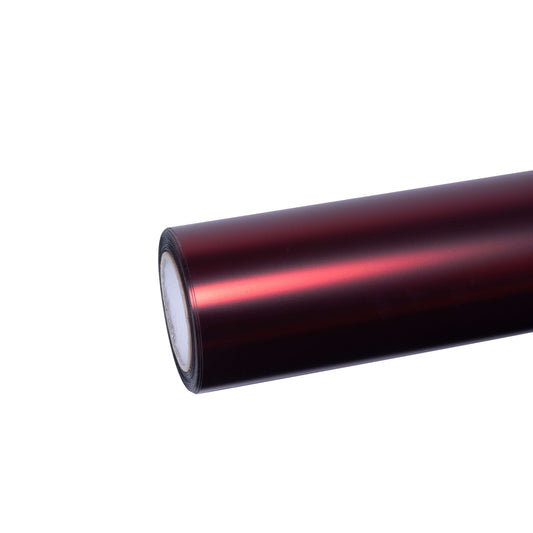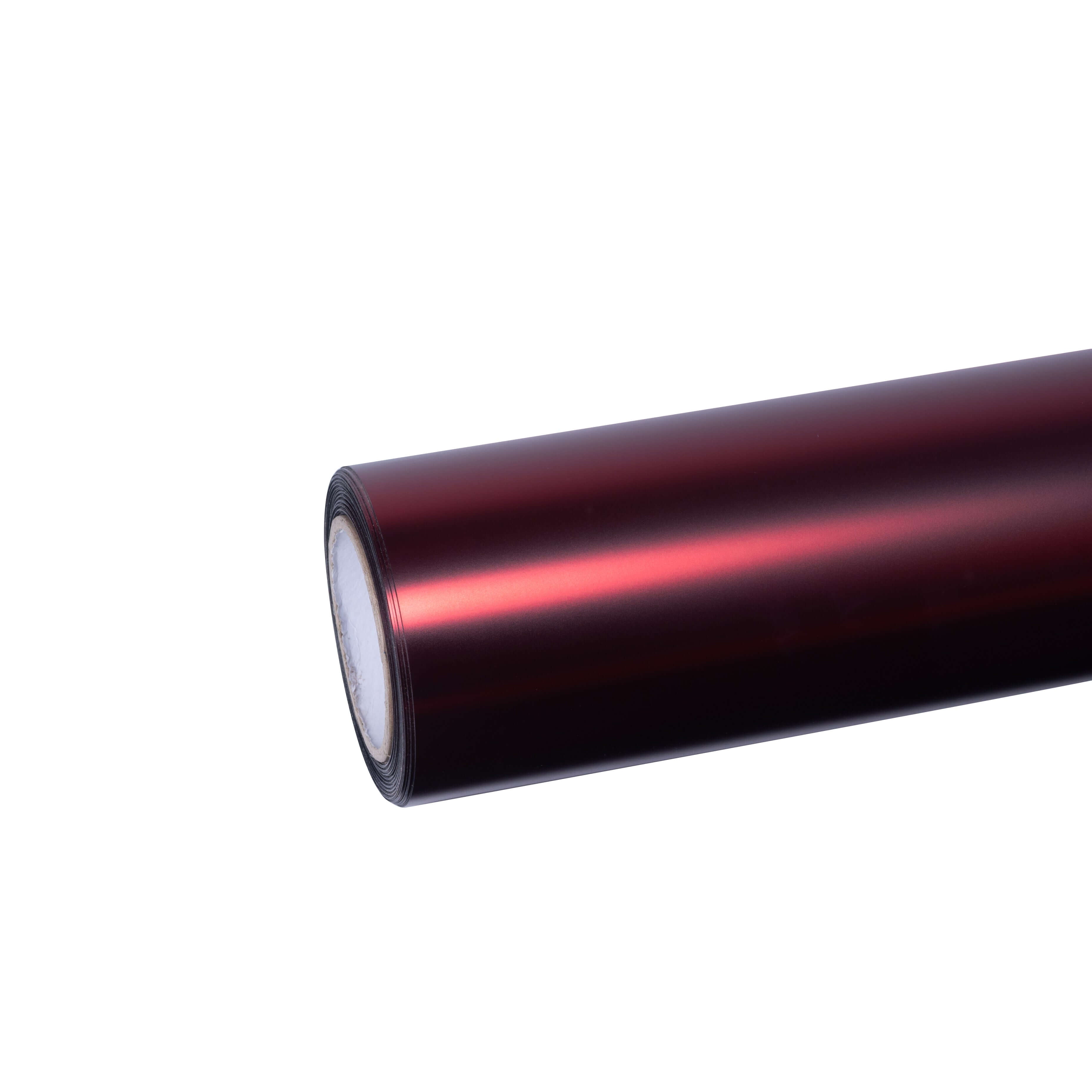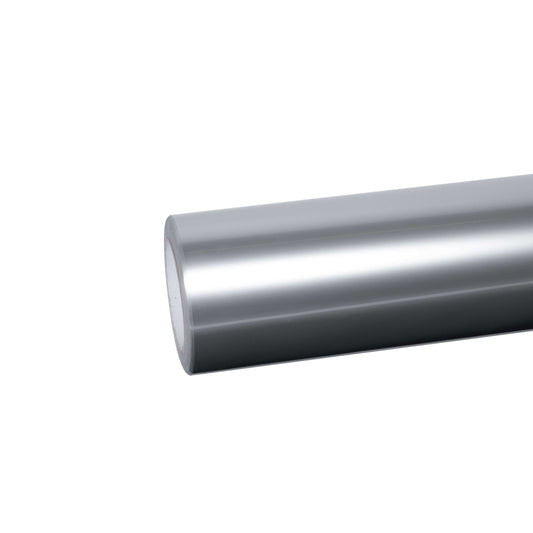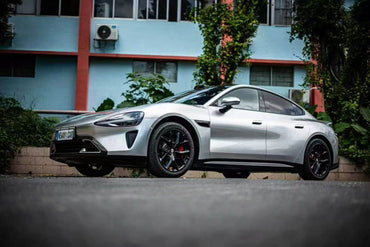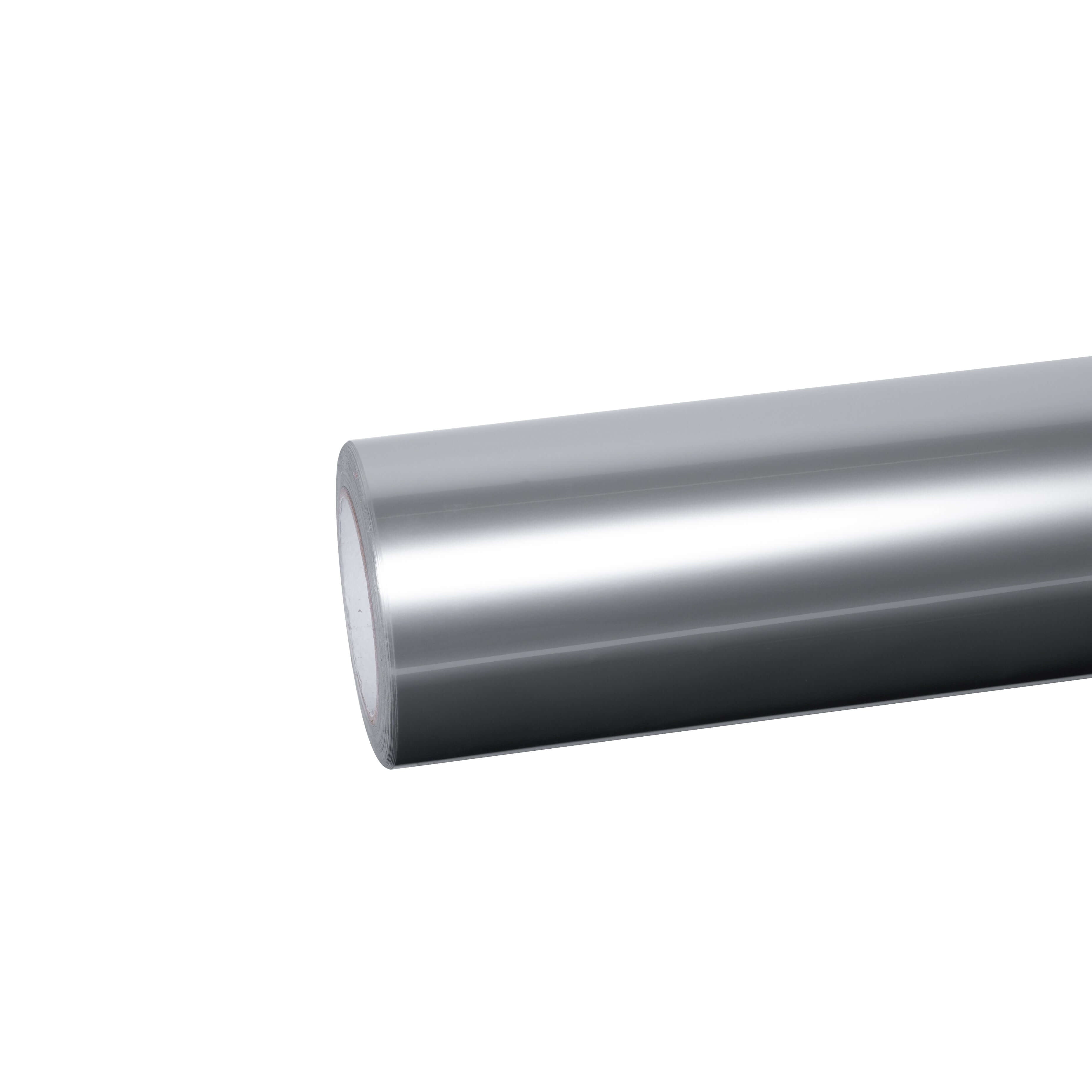Understanding the Core Differences Between Matte and Gloss Wraps
Before diving into maintenance protocols, it's important to understand what distinguishes these two popular finishes. Matte car wraps feature a non-reflective, velvety texture that absorbs light rather than bouncing it back. This creates a sophisticated, modern aesthetic that's become increasingly popular among vehicle enthusiasts. Conversely, gloss wraps maintain a shiny, reflective surface that mirrors the appearance of freshly painted automotive finishes, offering vibrant color reproduction and a classic high-shine appeal.
These aesthetic differences directly impact how you should approach cleaning and maintenance. The texture and surface properties of each finish determine which products and techniques will preserve their appearance effectively.
Matte Wrap Maintenance: Preserving the Flat Finish
Cleaning Frequency and Process
Matte vinyl wraps require regular attention but with specific techniques. Wash your matte-wrapped vehicle at least once every two to three weeks, or more frequently if exposed to harsh environmental conditions. The key difference from traditional car washing lies in your product selection and approach.
Hand-Washing Your Matte Wrap
The safest method for cleaning matte finishes is gentle hand-washing using the two-bucket method. Fill one bucket with cool water mixed with pH-balanced, mild automotive detergent specifically formulated for vinyl. Use the second bucket for rinsing. Starting from the top of your vehicle and working downward, use a soft sponge or microfiber cloth to gently clean the surface. Avoid circular motions or aggressive scrubbing, which can compromise the matte texture.
Critical Products to Avoid
Never apply traditional car wax, polish, or glossifier products to your ultra-matte Sailifilm wraps. These products will fill in the textured finish and create unsightly glossy patches. Additionally, avoid:
- Petroleum-based cleaners
- Products containing alcohol or ammonia
- Abrasive brushes or rough cloths
- High-pressure washers set above 2000 PSI
Protecting Your Matte Investment
For added protection without compromising your matte finish, consider applying matte-specific sealants or ceramic coatings designed for vinyl surfaces. These create an invisible protective layer against environmental contaminants while maintaining the flat appearance. Allow wraps to cure for 72 hours after installation before washing.
Gloss Wrap Maintenance: Maintaining That Showroom Shine
Cleaning Routine for Gloss Finishes
Gloss wraps offer easier maintenance than their matte counterparts, though they're less forgiving when it comes to showing imperfections. Wash gloss-wrapped vehicles weekly or bi-weekly, depending on exposure to dirt and environmental contaminants.
Optimal Cleaning Approach
Similar to matte wraps, hand-washing remains the gold standard. Use mild, pH-neutral detergents with cool water and soft cloths. However, gloss finishes respond well to automotive wax or ceramic protective coatings, which enhance their shine while providing UV protection and contaminant resistance.
Handling Visible Imperfections
Gloss surfaces highlight scratches, fingerprints, and swirl marks more prominently than matte finishes. Use a microfiber towel when drying to prevent water spotting. If your gloss wrap from Sailifilm's metallic vinyl wrap collection or other gloss options develops minor scratches, carefully apply appropriate scratch-removal products designed for vinyl, testing in inconspicuous areas first.
Universal Maintenance Best Practices
Dealing with Stubborn Contaminants
Bird droppings, tree sap, bug splatter, and road tar require immediate attention on both finishes. Soak affected areas with warm soapy water for several minutes to soften contaminants. For persistent stains, use a 50/50 mixture of distilled water and isopropyl alcohol on a microfiber cloth. Never use rough scrubbing motions; gentle wiping ensures you won't damage the vinyl film.
Fuel Spill Response
Gasoline and fuel are particularly damaging to vinyl wraps. Immediately wipe away fuel spills and thoroughly wash the affected area with your standard cleaning solution. Leaving fuel on your wrap will degrade both the vinyl and adhesive layers.
Weather Protection Strategies
Whenever possible, park your wrapped vehicle in a garage or shaded area. Prolonged exposure to UV rays, extreme heat, and moisture accelerates wrap degradation. If you must park outdoors for extended periods, invest in a high-quality car cover. Additionally, avoid parking near lawn sprinklers, as hard water mineral deposits can stain both matte and gloss finishes.
Comparing Durability: What the Research Shows
According to automotive research, properly maintained matte wraps typically last 3-5 years with careful attention, though premium brands like Sailifilm's offerings can extend this timeline. Gloss wraps generally provide slightly longer durability, often lasting 5-7 years with consistent maintenance, as their reflective surfaces offer better UV resistance.
Cost considerations favor both finishes equally at installation, with price depending more on vehicle size and installation complexity than finish type. However, ongoing maintenance costs may slightly favor gloss wraps due to their lower maintenance intensity.
Advanced Protection Options
Paint Protection Film Integration
For maximum durability and protection, consider pairing your vinyl wrap with paint protection film. Sailifilm's TPU paint protection wrap provides an additional defensive layer against stone chips, scratches, and environmental damage while maintaining the aesthetic of your chosen finish.
Ceramic Coating Advantages
Modern ceramic coatings offer superior long-term protection compared to traditional wax. These nanotechnology-based products create a harder, more durable protective layer that resists contaminants and UV damage more effectively. This is particularly beneficial for high-use vehicles.
Common Mistakes to Avoid
- Automated car washes with brushes: These can scratch the vinyl and lift edges
- Pressure washing without proper settings: Keep below 2000 PSI and maintain at least 12 inches distance
- Using harsh or abrasive cleaners: These degrade the vinyl adhesive
- Allowing contaminants to sit: Clean immediately when you notice dirt or organic matter
- Skipping the curing period: Wait at least 72 hours after installation before washing
Maintenance Schedule Checklist
Weekly: Visual inspection for contaminants; spot-clean with microfiber cloth
Bi-Weekly: Full gentle hand-wash with appropriate products
Monthly: Inspect edges for lifting; assess protective coating condition
Quarterly: Apply protective sealant or ceramic coating refresh
Annually: Professional detail inspection; consider resealing treatment
Conclusion
Whether you've invested in a striking dual-color dream vinyl wrap from Sailifilm or prefer the sophisticated appeal of our ultra-matte collection, dedicated maintenance ensures your vehicle wrap maintains its beauty and protective qualities for years to come. The difference between matte and gloss maintenance ultimately comes down to product selection and technique rather than effort level—both require consistent attention but reward you with exceptional results.
For those seeking premium vinyl wrap materials designed for longevity, explore Sailifilm's complete range including 3D carbon fiber wraps, liquid chrome options, and professional wrapping tools that make installation and maintenance easier.
External Resources for Additional Learning
- Wikipedia: Vehicle Wrapping and Vinyl Technology
- Automotive Coating Technology Standards
- UV Radiation and Material Degradation
- UV Protection: Maximizing Your Vinyl Wrap Lifespan
Metallic vs. Matte Wraps: Aesthetic and Performance Comparison
Ceramic Coating for Vinyl Wraps: Is It Worth the Investment?
Color Fading in Vehicle Wraps: Prevention and Solutions
Seasonal Car Wrap Care: Winter, Summer, and Everything Between
Paint Protection Film vs. Vinyl Wrap: Which Offers Better Coverage?
